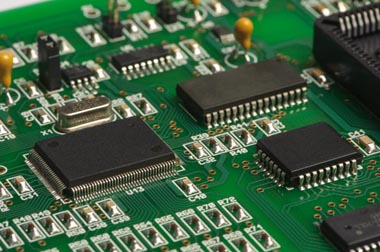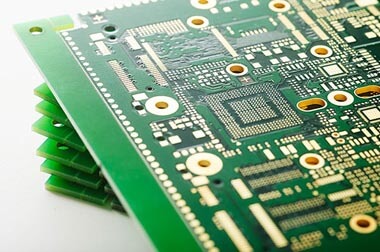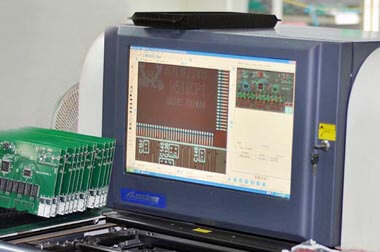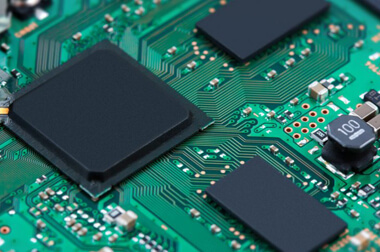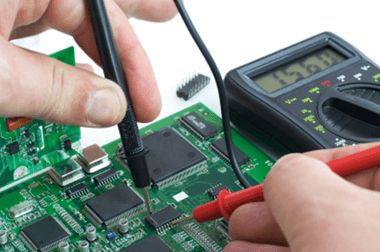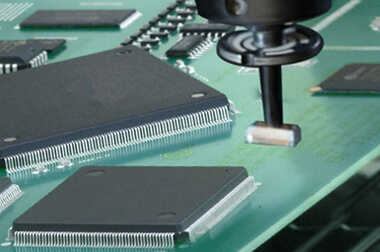In the SMT production process, there is a common error-proofing method, which can reduce the risk of wrong parts, reduce the probability of errors, and effectively improve the quality of the entire production. This is the first mechanism.
The so-called first piece mechanism is to make a sample before the official production. This board will be tested in all aspects. After all the tests have been passed, the official production will begin. The first piece is usually done under the following conditions: 1.The beginning of each work class; 2. Replace the operator; 3. Replace or adjust the equipment, process equipment (replace the SMT stencil, replace the model) 4. Change the technical conditions, process methods and process parameters 5.Use new materials or or material replacement (such as material changes during processing, etc.).
A reasonable first-piece mechanism can ensure that the components waiting to be installed on the placement machine are correct, the solder paste state used and the furnace temperature are all right. Can effectively prevent the occurrence of batch defects. The first-piece mechanism is a means to pre-control the production process of the product, an important method for product quality control, and an effective and indispensable method for enterprises to ensure product quality and improve economic efficiency.
Long-term practical experience proves that the first inspection system is an effective measure to detect problems early and prevent products from being scrapped in batches. Through the first piece inspection, system problems such as serious wear of the fixture or installation positioning error, deterioration of the measuring instrument accuracy, misreading drawings, feeding or formulation errors can be found, so as to take corrective or improvement measures to prevent the occurrence of batch unqualified products.
The following are some common methods for the first test. According to different production requirements, companies usually choose different test methods. Although the methods used are different, the final effect is the same.
1. The first test system is a complete set of integrated system, which can directly input the produced product BOM into the system. The test unit that comes with the system will automatically test the first sample and check the input BOM data. Confirm that the first prototype produced meets the quality requirements. The system is convenient and the test process is automated, which can reduce the error test due to personnel factors.Labor costs can be saved, but the initial investment is large. Now there is a certain market in the SMT industry and it has been recognized by certain enterprises.
2. LCR measurement, this test method is suitable for some simple circuit boards, the components on the circuit board are reduced, there is no inheritance circuit, only some circuit boards of the components do not need to be returned to the furnace after the end of the injection, and the LCR is directly used. Measure the components on the board and compare them with the rating of the components on the BOM. If there is no abnormality, you can start production. This method is widely used by many SMT plants because of its low cost (as long as it can be operated with one LCR).
3. AOI test, this test method is very common in the SMT industry, suitable for all circuit board production, mainly through the shape characteristics of the components to determine the soldering problem of the components, but also through the color of the components, IC Check the silk screen to determine if there are any wrong parts in the components on the board. Basically, one or two AOI devices are standard on every SMT production line.
4. Flying probe test, this test method is usually used in some small batch production, which is characterized by convenient test, strong program variability, good versatility, and basically can test all types of circuit boards. However, the test efficiency is relatively low, and the test time per board will be very long. This test needs to be carried out after the product has passed through the reflow oven, mainly by measuring the resistance between the two fixed points to determine whether the components in the board are short-circuited, empty-welded, and wrong.
5.ICT test, which is usually used in mass PCB Assembly production machines, and the production volume is usually large and the test efficiency is high, but the manufacturing cost is relatively high,and each type of circuit board needs special fixtures. The life of each set of fixtures is not very long, and the test cost is relatively high. The test principle is similar to the flying probe test. It is also to measure the resistance between two fixed points to determine whether there are short circuits, empty welds, and wrong parts on the circuit components.
6. Functional test, this test method is usually used on some more complicated PCB circuit boards. The circuit board to be tested must be simulated after the soldering is completed, through some specific fixtures, to simulate the official use of the circuit board.In this simulated scenario, observe whether the board can be used normally after turning on the power. This test method can very accurately determine whether the board is normal.But there are also problems in that the test efficiency is not high and the test cost is high.
7.X-RAY inspection, for some boards with BGA package components, the first part of the production needs X-ray inspection, X-ray has strong penetrability, is the earliest used for various inspection occasions. An instrument with an X-ray perspective showing the thickness, shape and weld quality of the solder joints, and solder density. These specific indicators can fully reflect the welding quality of the solder joints, including open circuit, short circuit, holes, internal bubbles and insufficient amount of tin, and can be quantitatively analyzed.


